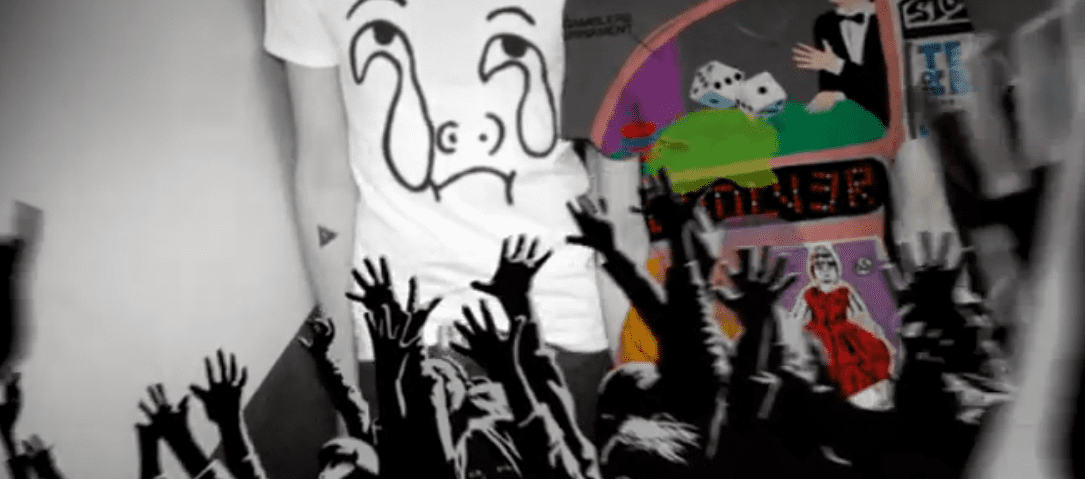Dave Felton selects some of the finest examples from the last three decades of dance and electronic music and explains why they represent iconic approaches to lyrical content.

So here’s the thing: it’s harder to write credible dance lyrics than it is to make healthy record sales. For every sublime display of topline wordplay there are dozens of examples of pedestrian poetics invoking clichéd lust-riddled pleas (“Do it to me again!”), overdone drugs references and the occasional evocation to the deities of the dancefloor. But among the dirges sparkle lyrical gems. The broader field of electronic music fares little better – for every truly moving downtempo or electronica vocal there are countless disasters.
We’re not claiming to present some kind of pseudo-definitive ranking of THE TOP 250 BEST DANCE LYRICS EVER!!! or an exhaustive list of every good electronic music vocal here. The issue of what makes a good lyric – or a good vocal as a whole – is far too subjective. Instead, we’ve picked seven iconic tracks and explained the approach which makes each one stand out as a classic. We start with a crossover hit which sparked legions of imitators…
The cut-up method: Nightcrawlers – ‘Push The Feeling On (MK Dub Revisited)’ (1992)
“Their lives again… Their li… To pull us through…”
Perhaps the most famous and enduring example of a chopped-up vocal, it’s testament to Marc Kinchen’s skills as a remixer that, two decades on from its release, the word ‘Nightcrawlers’ alone is instant shorthand for his MK Dubs of John Reid’s original. Whether it’s the MK Dub Revisited (so named because Kinchen’s first attempt was rejected by the label, forcing him to ‘revisit’ it and come up with another version) or the darker Dub Of Doom, the skippy 909 drums and organ bass play a supporting role to the real star, that chopped-up vocal line.
“Place to learn… Their li… It’s up to you…” The fragments of vocal give hints of words but retain just enough ambiguity to leave something to the listener’s imagination. It’s a technique MK adopted when he became frustrated at being asked to remix tracks with vocals he didn’t like. It soon became a trademark – and one which he still uses extensively today, having returned to house music after a spell working as a pop producer
.
In the case of ‘Push The Feeling On’, those vocal snippets are sourced from the original verse: “And those who suffer pain, will begin to live their lives again/And this world will be a place to learn, but it’s up to you, to pull us through.”
Playing its part in a genuine classic of early 90s house, MK’s vocal line provides movement, soul and an air of mystery, retaining its elusive ambiguity to this day. If we can take one message from ‘Push The Feeling On’, it’s that lyrics, vocals, melodies and production techniques are inextricably linked. Taken at face value, those cut-up lines are almost nonsensical; in context they’re perfect.
When it comes to cut-up vocals, many have tried to match MK’s talent, but only one man has consistently come close: credit has to go to Todd Edwards for picking up where MK left off and employing the technique on numerous classics, including ‘Dancing For Heaven’ and ‘Face To Face’, his first collaboration with Daft Punk.

09.11 AM
glad to see the Oliver S track on there, what a tune and a great composition!
01.33 AM
Hmmmm. . . . . shouldn’t that “Little Fluffy Clouds” track be in there somewhere? I feel like everyone knows that one.
02.08 PM
I was expecting to see EBTG’s “Missing” or at least one nice example from early progressive house era, say, John Creamer and Stephen K’s “Wish you were here”, as a perfect example to show sometimes singer-songwriter approach to lyricism really works in straightforward house or techno tracks too.
03.07 PM
Liked the article but just wanted to point out that Massive Atack’s “Mezzanine” was recorded in 1997 and released in 1998, not 2007 as stated here!
03.09 PM
Thanks Electronomist. Not sure how that one slipped through!